Imagine hosting a dinner party, and while you are showing your kitchen to your friends, they are clearly distracted by the greasy, stained backsplash.
Undoubtedly, a pristine and sparkling backsplash contributes to the overall aesthetic of your kitchen, whereas a stained one can be quite an eyesore.
Though often overlooked, the backsplash is a vital part of your kitchen that requires regular care.
This article unravels 15 incredible hacks to keep your kitchen backsplash spick and span.
These simple yet efficient techniques can help eliminate stubborn stains, restore shine, and maintain the longevity of your backsplash. Buckle up and prepare for a transformative journey that’ll change your approach to kitchen cleaning forever.
1. Natural Cleaning Agents
The trend of going green isn’t just restricted to food or energy consumption. It’s also making waves in the world of cleaning. Using natural cleaning agents is a powerful and eco-friendly method to restore the shine of your backsplash.
- Baking Soda and Vinegar
Baking soda and vinegar can make an excellent duo in combating tough stains. First, make a paste with baking soda and water and apply it to the stained areas. Leave it for about 15 minutes, then rinse it with vinegar, which will cause a mild chemical reaction that can help in stain removal.
- Lemon and Salt
Another powerful combo is lemon and salt. This mixture can be used to treat stains on a wide variety of surfaces. Rub the surface with a half-cut lemon sprinkled with salt, then rinse with water.
- Hydrogen Peroxide and Flour
This mixture acts as a whitening agent, especially useful for restoring the gleam of white backsplashes. Apply the paste to the stained area, leave it overnight, and then rinse.
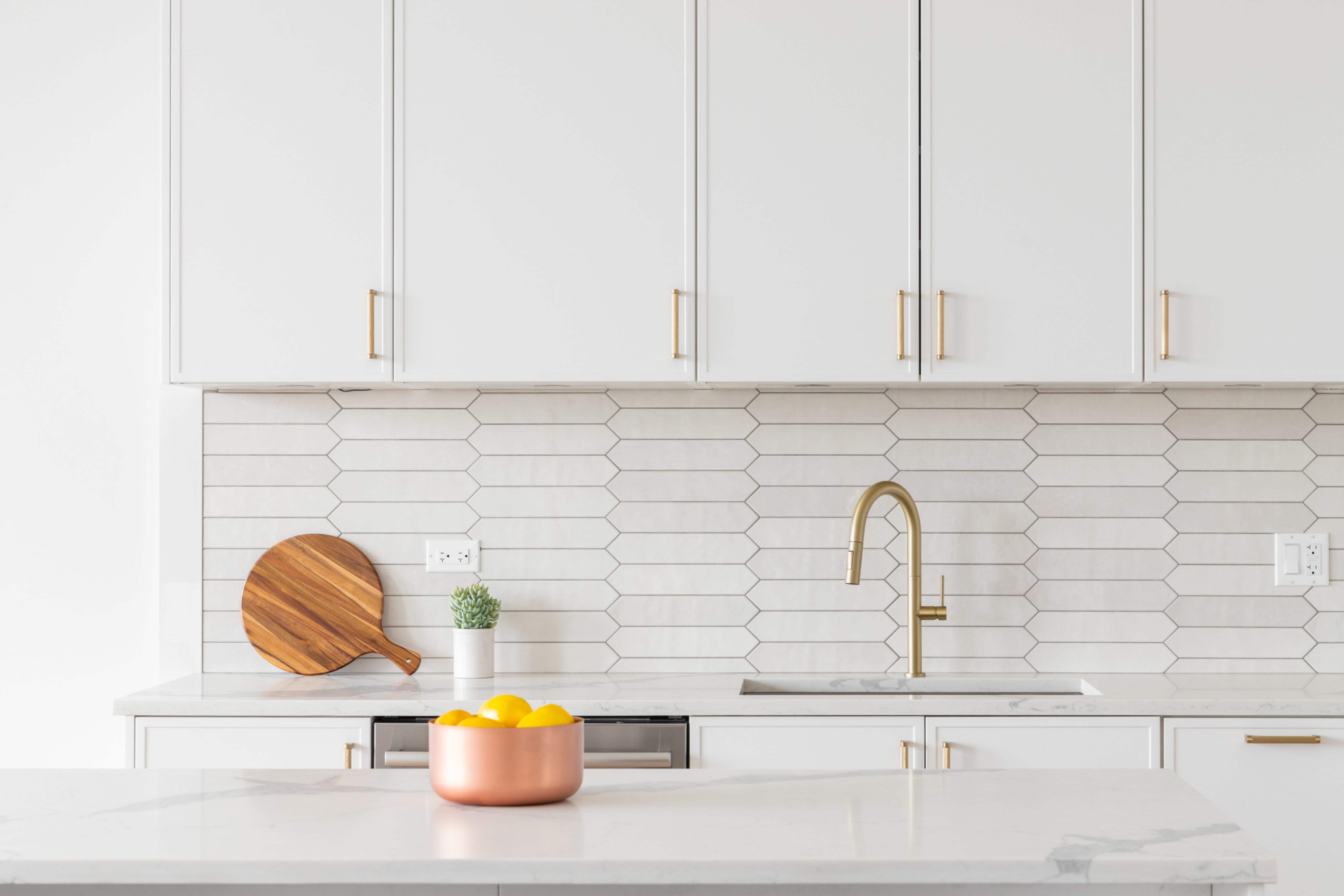
2. Scrubbing Techniques
Proper scrubbing can play a crucial role in maintaining the appearance of your backsplash. However, it’s essential to remember that each material has different durability and can withstand varying levels of pressure.
- Soft Cloth or Sponge
For more delicate materials like glass or marble, a soft cloth or sponge is recommended. Gentle circular motions can help remove grime without causing any scratches.
- Nylon Scrub Brush
For tougher materials such as ceramic or steel, a nylon scrub brush can prove beneficial. Its bristles can reach crevices and dislodge stubborn dirt.
- Toothbrush
A toothbrush can be especially handy in cleaning grout lines or small, intricate tile designs. Its compact size allows for precision cleaning.
3. Preventive Measures
Prevention, as they say, is better than cure. Here are a few preventive measures that can save you from potential cleaning hassles in the future.
- Regular Cleaning
Ensure you clean your backsplash at least once a week to prevent the buildup of grease and grime.
- Sealant
Applying a sealant can provide an additional protective layer, making your backsplash more resistant to stains.
- Splash Guard
Using a splash guard when cooking can prevent splatter from landing on your backsplash.
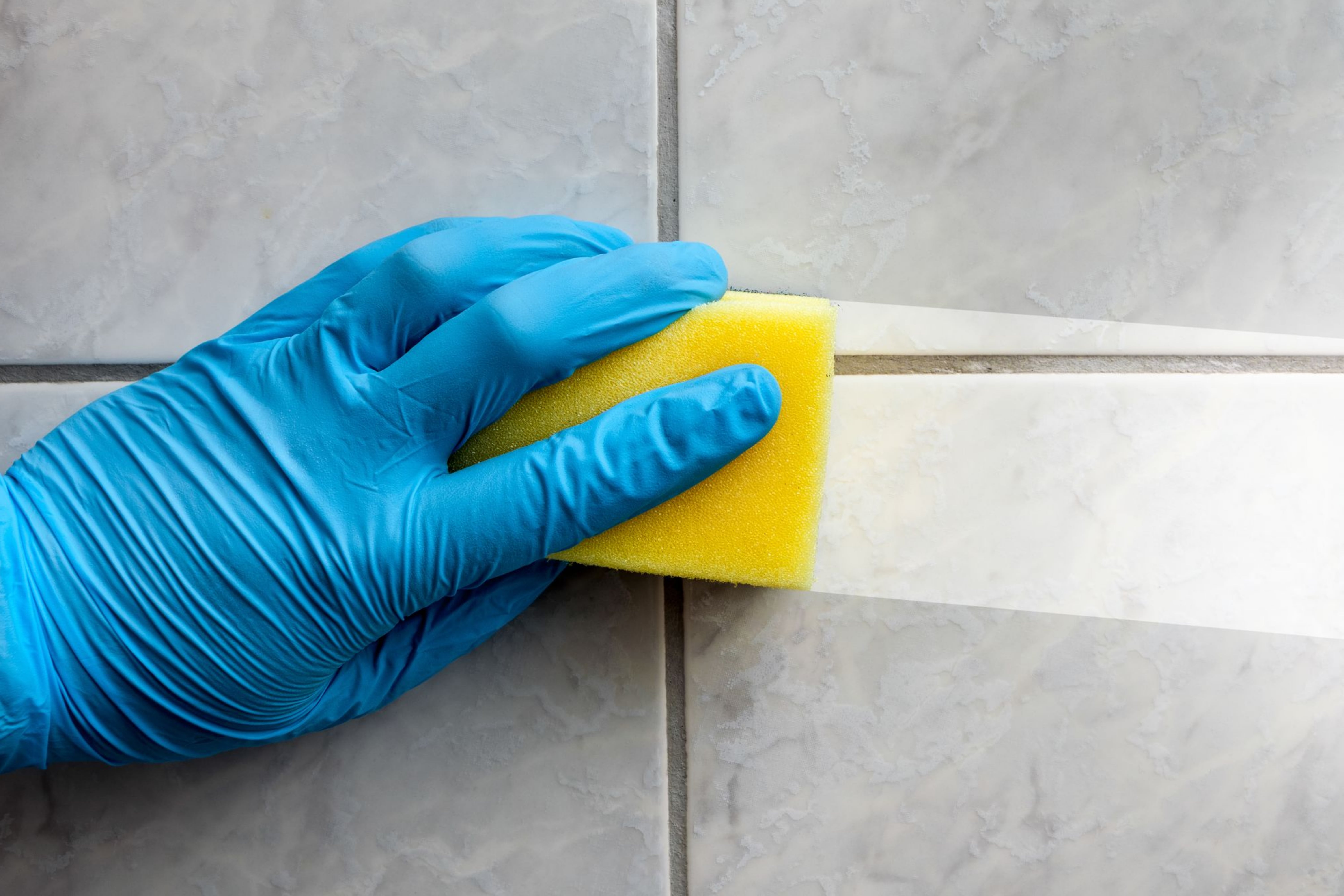
4. Comparing Cleaning Techniques
While all the hacks can be effective, the best method depends on the type of material your backsplash is made of. Let’s compare the efficacy of the techniques based on the materials:
Note: ✓ indicates that the technique is suitable, whereas – indicates that the technique is not recommended for the material.
[table id=295 /]
5. Professional Cleaning
If DIY methods fail to bring about desired results, or you have a particularly stubborn stain, you might want to consider professional cleaning services. They have advanced equipment and specialized cleaning agents that can ensure a thorough cleaning.
However, professional cleaning can be relatively expensive and may not be necessary for everyday maintenance. Save it for those times when you’re really in a bind.
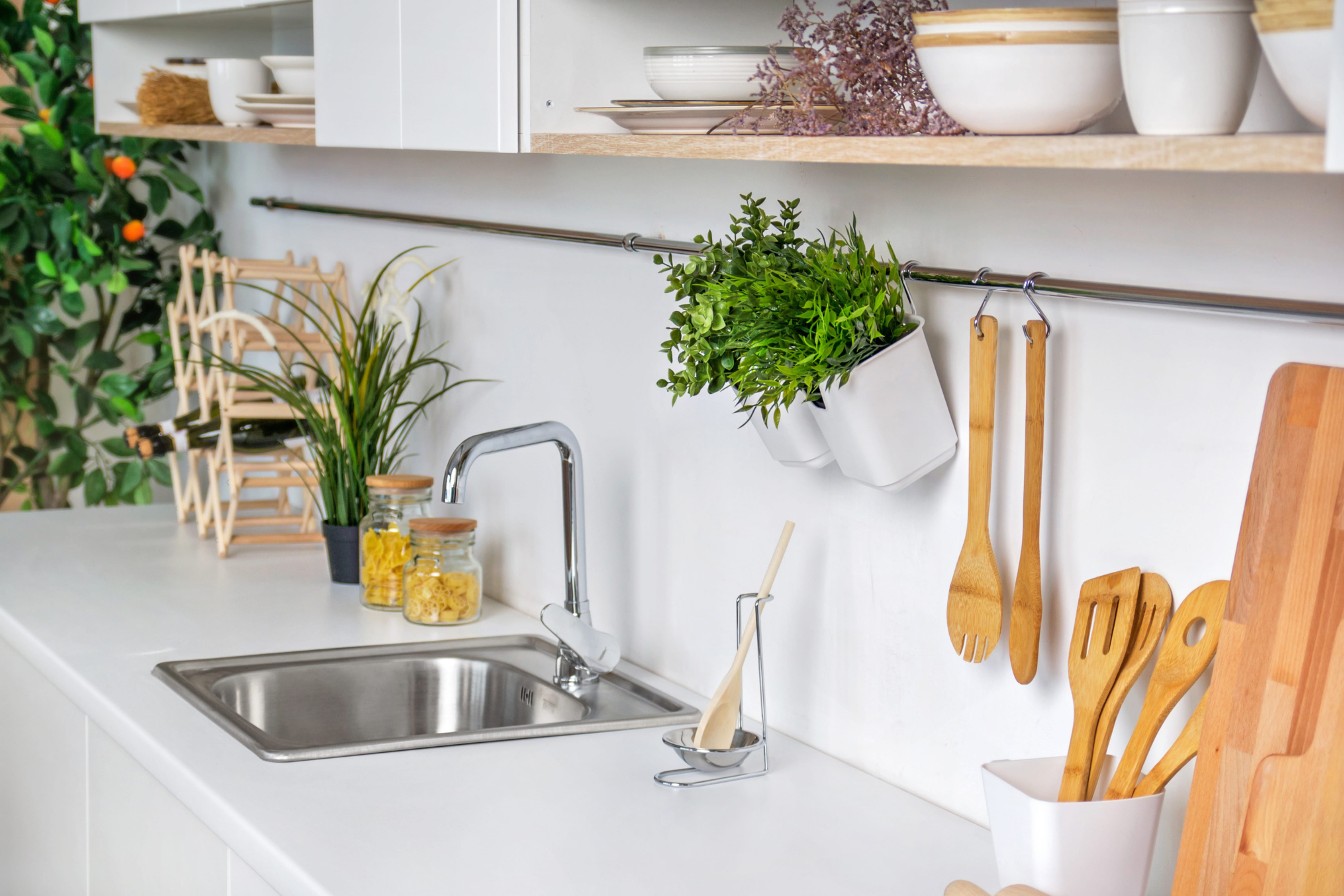
6. Experiment with Microfiber Cloths
When it comes to versatile cleaning tools, microfiber cloths definitely take the cake. These cleaning dynamos, made up of ultra-fine synthetic fibers, can be a secret weapon in your cleaning arsenal.
- Dry Dusting
When dry, microfiber cloths effectively catch dust and small particles, making them perfect for a quick dust-off of your backsplash before a deep clean.
- Damp Cleaning
When slightly wet, the fabric’s cleaning properties are amplified, and it becomes ideal for wiping off smudges and fingerprints.
- With Cleaning Solutions
Used with your choice of cleaning solution, the cloth’s fibers can better penetrate surface pores, providing a more thorough cleaning.
7. Try Out Steam Cleaning
Steam cleaning can be an efficient method of cleaning for certain types of backsplashes, such as ceramic or glass. It’s an eco-friendly choice that eliminates the need for chemical cleaners, making it safe for those with allergies or sensitivities.
- Heat and Pressure
Steam cleaners work by heating water to a very high temperature and then applying it to the surface under pressure. This process loosens the dirt, making it easier to wipe away.
- Sanitization
Another perk of steam cleaning is its ability to sanitize. The high temperatures can kill bacteria and other germs, leaving your backsplash not just clean but hygienic too.
Stubborn StainsFor stubborn stains, a few extra passes with the steam cleaner might be required. But remember, patience is key.
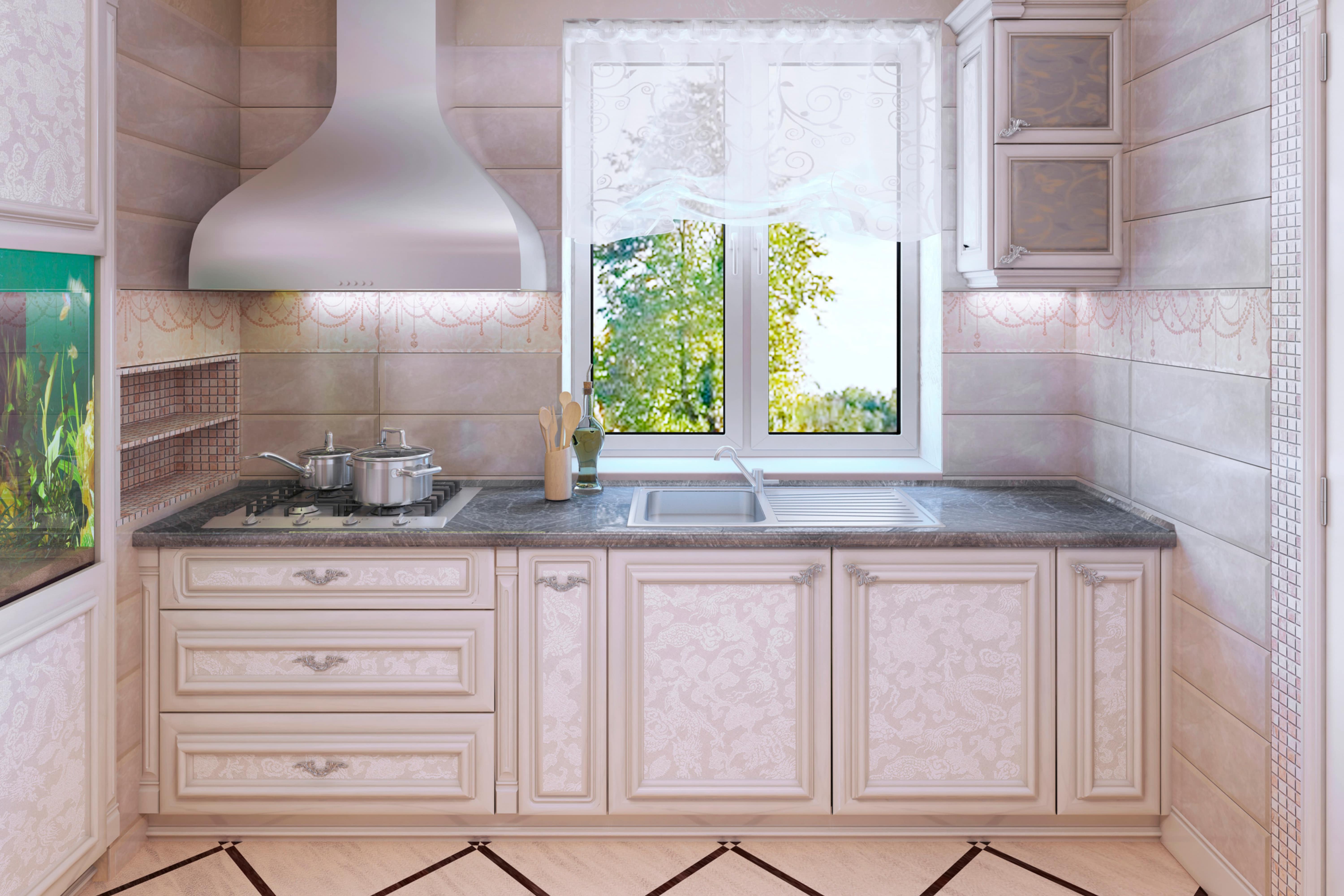
8. Making Use of Dish Soap
Good old dish soap is not only great for your dishes but can also work wonders on your backsplash. It’s especially efficient against grease stains, which are quite common in the kitchen.
- Simple Solution
Make a solution of warm water and a few drops of dish soap. Using a soft cloth, sponge, or brush, scrub the backsplash gently and then rinse with clear water.
- Heavier Stains
For heavier stains, you can leave the soap solution on the backsplash for a few minutes to let it penetrate the grime before scrubbing and rinsing.
- Drying
Always remember to dry your backsplash after cleaning to avoid water spots and streaks.

9. The Magic of Magic Erasers
The aptly named Magic Eraser can indeed work like magic on your backsplash. Made of a material called melamine foam, it’s a type of gentle abrasive cleaner.
- Wet and Squeeze
Before use, wet the Magic Eraser and squeeze out the excess water. Then, gently rub it over the stain. The micro-scrubbers in the eraser reach into the surface grooves and lift away built-up grime.
- Versatile
The Magic Eraser can be used on a variety of materials like glass, ceramic, and even stainless steel. However, they’re not recommended for polished or glossy surfaces as they might dull the finish.
- Rinse After Use
Don’t forget to rinse the backsplash with water after using the Magic Eraser to ensure no residue is left behind.
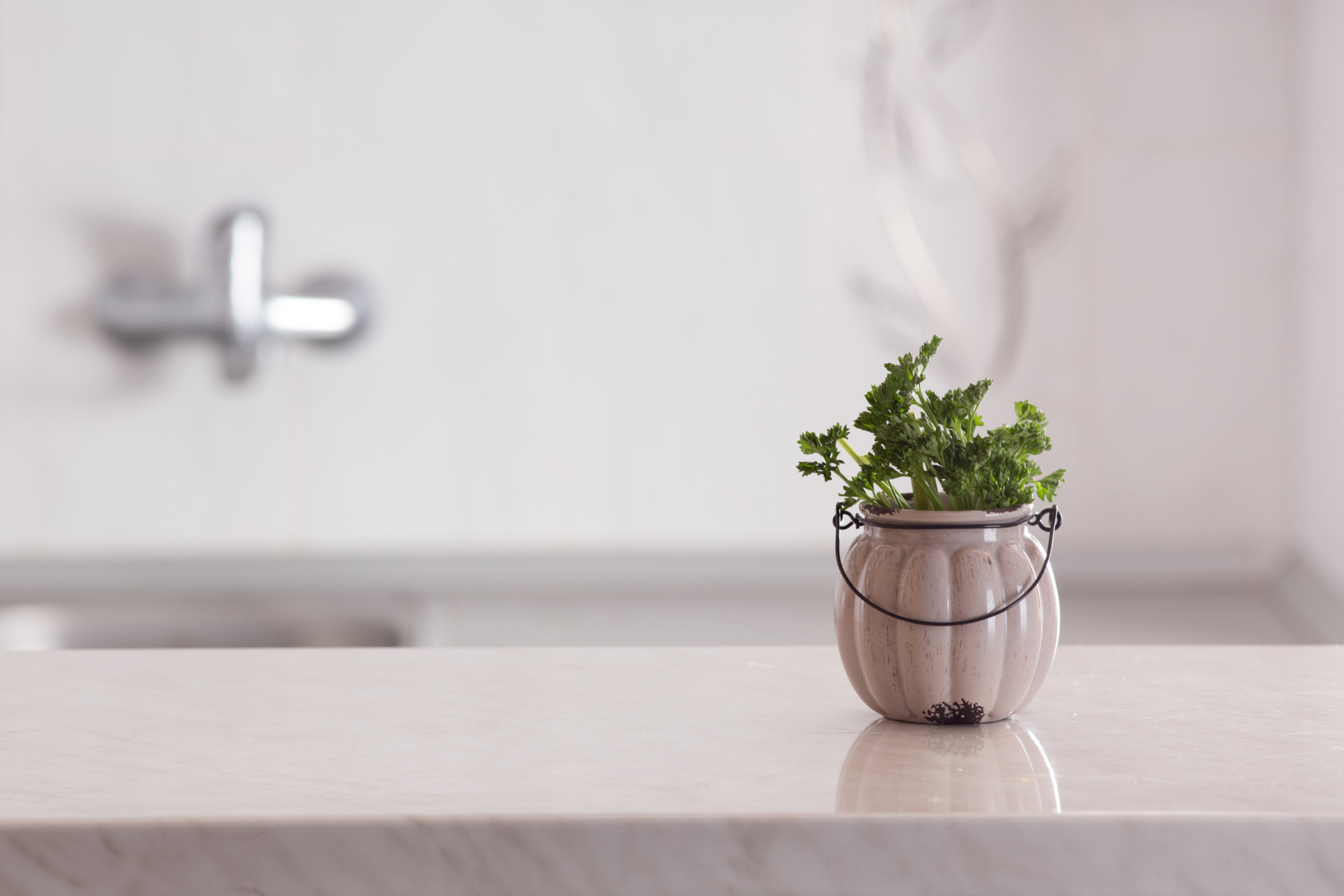
10. Clean as You Cook
Finally, an invaluable tip for maintaining your backsplash is to clean as you cook. It’s a simple practice but can save you from hours of rigorous cleaning later on.
- Immediate Action
If there’s a spill or splatter, clean it up immediately. This will prevent the stain from drying and becoming more challenging to remove later.
- End-of-Day Wipe Down
Make it a routine to wipe down your backsplash at the end of each day. This daily maintenance will keep it looking fresh and prolong the intervals between deep cleans.
- Mindful Cooking
When cooking, try to be mindful of splashes. Using lids on pots and pans can minimize the mess created.
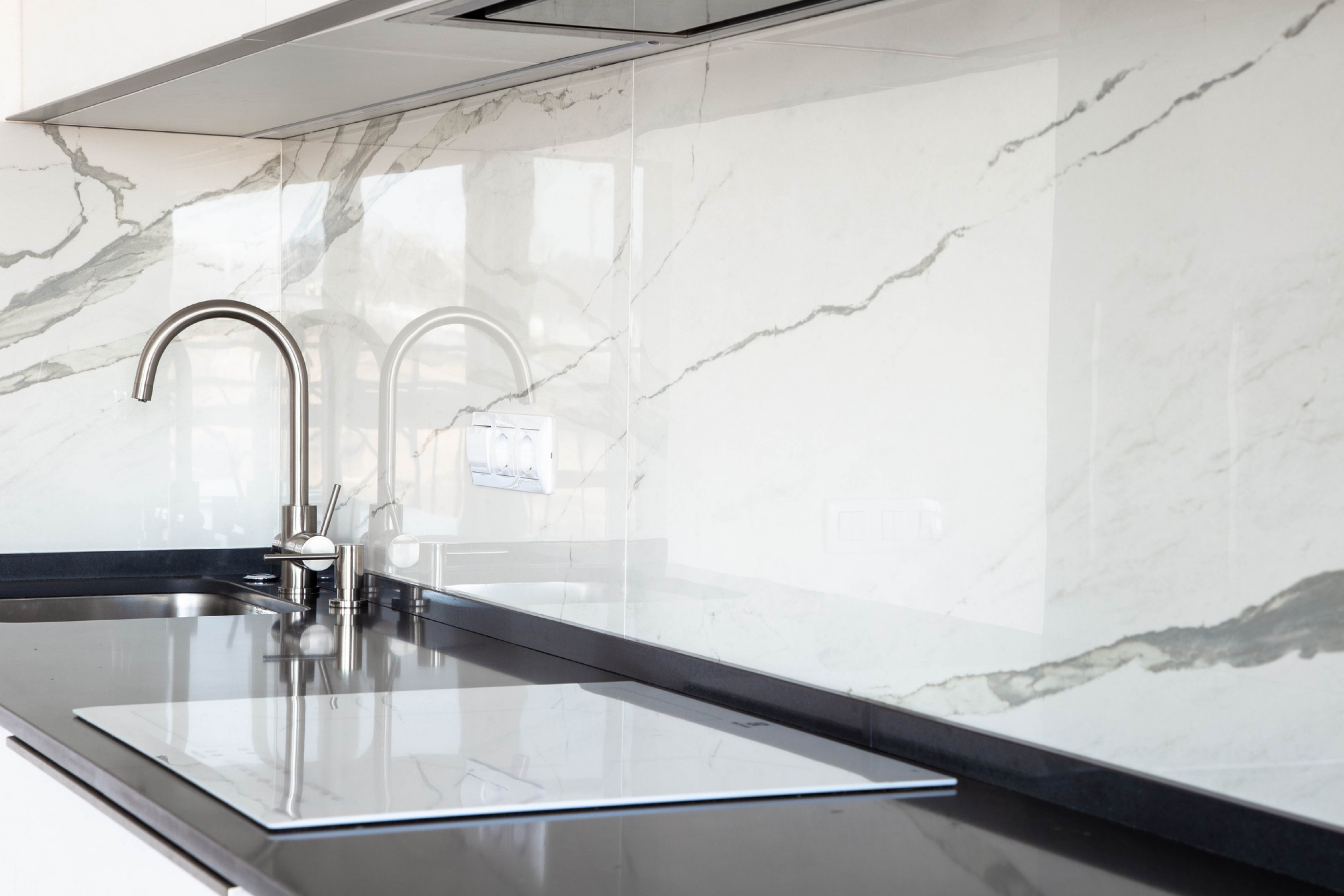
11. Using Store-Bought Cleaners
For those of us who prefer the convenience of store-bought cleaners, there are several products on the market that can effectively clean your backsplash.
- All-Purpose Cleaners
These can be great for everyday maintenance. They are designed to be safe on most surfaces and are perfect for quick cleanups.
- Specialized Cleaners
For stubborn stains or specific materials, there are specialized cleaners available. Always make sure to follow the instructions on the label to avoid damaging your bcksplash.
- Eco-Friendly Options
If you’re eco-conscious, there are plenty of green cleaners available that are biodegradable and free from harsh chemicals.
12. Using Rubbing Alcohol
Rubbing alcohol, also known as isopropyl alcohol, can be a handy cleaning agent, especially for removing sticky residues and streaks from your backsplash.
- Mix With Water
A solution of equal parts rubbing alcohol and water can remove light stains and restore shine to your backsplash. Remember to rinse with water after application.
- For Tougher Stains
For tougher stains, rubbing alcohol can be used undiluted. Apply it to the stain, let it sit for a few minutes, then wipe clean.
13. Understanding the Material of Your Backsplash
The material of your backsplash greatly influences the cleaning methods that should be used. Hence, understanding your backsplash material is a crucial first step toward effective cleaning.
- Ceramic and Porcelain Tiles
These are sturdy and can withstand most cleaning methods, from gentle scrubbing to the use of chemical cleaners.
- Glass Tiles
Glass is resistant to stains but can easily scratch. Use gentle cleaning agents and soft cloths or sponges.
- Natural Stones (like Marble and Granite)
These materials are porous and can easily stain. Avoid acidic or abrasive cleaners and make sure to seal these surfaces regularly.
14. Keeping Your Backsplash Dry
A simple yet effective hack to maintain the cleanliness of your backsplash is to keep it dry. Water and moisture can lead to mildew and hard water stains.
- After Cleaning
Always dry your backsplash thoroughly after cleaning. This can prevent streaks and water spots.
- After Cooking
Splashes of water while cooking can also leave marks on your backsplash. A quick wipe-down after cooking can prevent this.
15. Regular Maintenance is Key
The most critical hack for a clean backsplash is regular maintenance. A routine cleaning schedule can prevent the build-up of grease and grime, making the cleaning process easier.
- Daily
Wipe your backsplash daily to remove surface-level dirt and prevent it from settling.
- Weekly
Perform a deeper clean weekly to target stubborn stains and grime.
- Monthly
Monthly, inspect your backsplash for any damages or areas needing repair. Regularly maintaining these areas can prevent larger issues down the line.^[15^]
A Few Helpful Tips For You to Consider
A clean backsplash is not only aesthetically pleasing but also ensures that your kitchen remains a hygienic space for preparing meals. Here are a few extra tips and life hacks to make backsplash cleaning a breeze.
- Spot Testing: Before applying any new cleaning solution, be it homemade or store-bought, always do a spot test in an inconspicuous area. This can save you from potential discoloration or damage to the material of your backsplash.
- Use Toothbrushes: A toothbrush can be a handy tool for cleaning grout lines or the corners and crevices of your backsplash. Its small size allows for targeted cleaning, ensuring every inch of your backsplash sparkles.
- Preventive Measures: Installing a good-quality range hood can reduce the amount of grease and grime that ends up on your backsplash. Similarly, using splash guards while cooking can limit the number of food splatters.
- Repurpose Old Credit Cards: Old credit cards or gift cards can be used as makeshift scrapers to remove hardened gunk without scratching your backsplash.
- Make a Cleaning Caddy: Having a portable caddy with all your cleaning supplies can make the process much more efficient. No more running around searching for the right tool or cleaner mid-task.
- Use Car Wax: After cleaning, applying a thin layer of car wax can keep your backsplash shiny and make future clean-ups easier. However, be sure to avoid this hack on porous materials like natural stone.
- Timers Can Help: If you’re prone to forgetting your cleaning tasks, set a timer. It can remind you to check on cleaning solutions that need to sit for a while or help you track your regular maintenance.
- Sealing Natural Stone: If your backsplash is made from a natural stone like marble or granite, sealing it regularly can help protect against stains and damage.
- DIY Cleaning Solutions: Homemade cleaning solutions not only save money but also reduce exposure to harsh chemicals. An example is a mixture of equal parts white vinegar and water – a great all-purpose cleaner.
- Stay Organized: Last but not least, keeping your kitchen organized can prevent accidental spills and splatters, reducing your cleaning chores.
Remember, every kitchen and backsplash is unique, so it’s all about finding what works best for your specific needs and preferences.
In sum, cleaning your backsplash doesn’t have to be a daunting task. With these 15 hacks at your disposal, you can keep your backsplash looking its best with minimal effort. A clean backsplash can enhance the look of your kitchen, making it a welcoming space for you and your loved ones. So, happy cleaning!
Conclusion
In conclusion, while keeping your kitchen backsplash clean might seem like an overwhelming task, these 15 hacks provide practical and straightforward methods to tackle the challenge.
From everyday items like vinegar, baking soda, and dish soap to specialized tools like steam cleaners and Magic Erasers, there is a solution that fits everyone’s needs and preferences.
Remember, understanding the material of your backsplash, regularly maintaining it, and cleaning up messes as they occur can significantly ease your cleaning efforts.
With these strategies in your arsenal, you can maintain a beautiful, clean, and welcoming kitchen space with minimal hassle.
[wp-faq-schema title=”Frequently Asked Questions”]
